Sikorsky Product History
Vought-Sikorsky OS2U Kingfisher

Background
With the approach of hostilities, the need to expand the production of American military aircraft led to the merger of the Chance Vought and Sikorsky Aircraft divisions within the United Aircraft Corporation in 1939. This marriage was to last until 1943, and produced two of the most celebrated aircraft to serve in WWII: the OS2U Kingfisher and the F4U Corsair, both produced primarily in Stratford, Connecticut.
Chance Milton Vought and Birdsey B. Lewis established the Lewis & Vought Corporation in 1917, specializing in the production of military aircraft. In 1929, the company joined the United Aircraft and Transportation Corporation (later named United Aircraft Corporation), operating out of East Hartford, Connecticut.
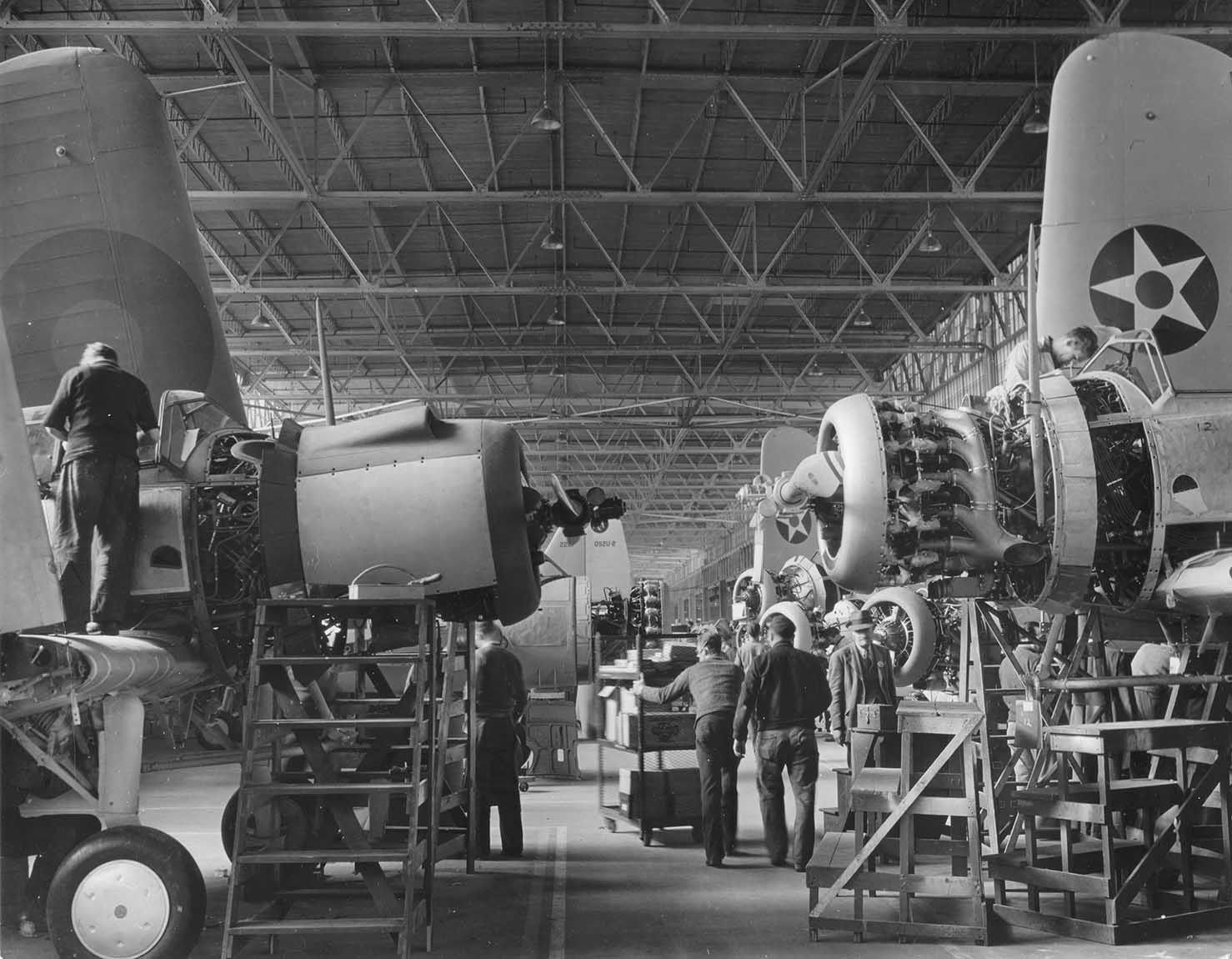
Igor Sikorsky (having emigrated from Russia in 1919) established the Sikorsky Aero Engineering Corporation in 1923, producing multi-engine aircraft and flying boats. Sikorsky also became part of the United Aircraft Corporation in 1929 and operated out of Stratford, Connecticut. In 1939, the Pratt & Whitney division of United Aircraft needed more space for engine production and took over the Vought factory in East Hartford. Vought and Sikorsky Aircraft were merged at the Stratford location to produce fixed wing-aircraft. Later, another factory was established in Bridgeport, Connecticut to continue helicopter development and production.
Historical Notes
At the time of the Kingfisher’s design, naval warfare had not yet evolved into the long-range airpower battles between carrier forces that marked the war in the Pacific. The OS2U was designed to be a catapult-launched, ship-based observation and scouting aircraft, whose primary mission was to locate enemy forces and provide spotting for naval gunnery. In this role, the OS2U would operate from the decks of battleships and heavy cruisers. However, the traditional “Battle Line” array of of heavily armed ships trading broadsides ended for the US Navy with the attack on Pearl Harbor. Because the Kingfisher was produced in large numbers (1519 manufactured), and new aircraft were in short supply, the OS2U was available to take on many other roles including flight training, bombing, and anti-submarine warfare. Configured with fixed landing gear in place of floats, the aircraft flew in-shore anti-submarine patrols along the US Atlantic coast, the Caribbean, and the Aleutian Islands. The Kingfisher became known as the “Workhorse of the Fleet.”
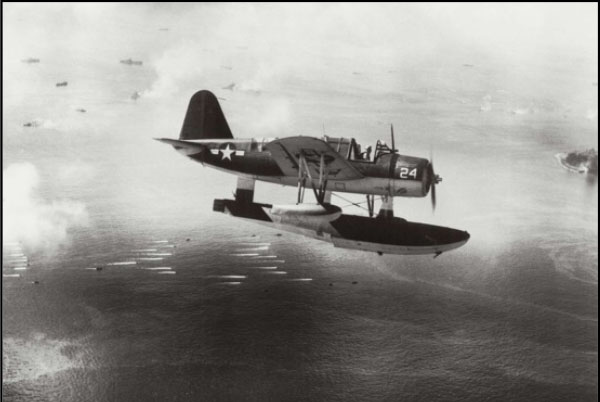
The Kingfisher’s greatest accolades came from its role rescuing downed airmen from the Pacific. It is credited with saving more downed fliers during WW II than any aircraft, except for the PBY-5 Catalina. A Kingfisher rescued Eddie Rickenbacker and the crew of the B-17 that had been transporting them. The rescuees had been adrift in a life raft for three weeks after they had run out of fuel and were forced to ditch (1942). Unable to take off with all of the survivors, the Kingfisher taxied to a rendezvous with a Patrol Torpedo Boat and transferred the airmen.
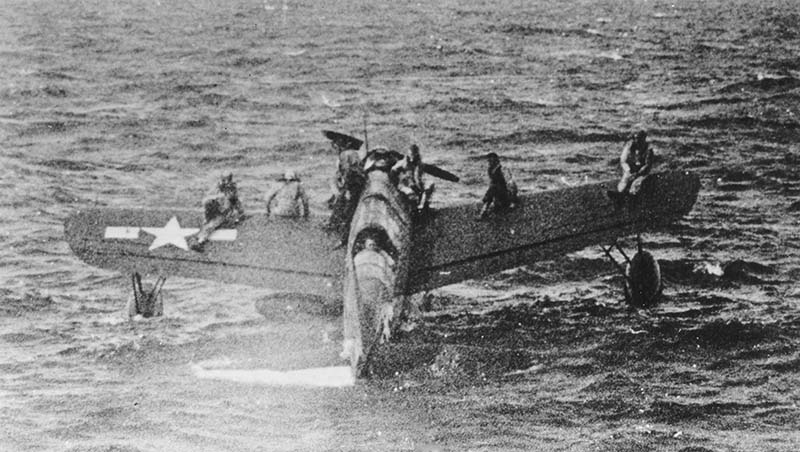
In another famous exploit, a single Kingfisher rescued a total of 10 downed aviators (including the crew of another Kingfisher) off Truk Island in Micronesia in the western Pacific, taxiing to a rendezvous with the submarine USS Tang. The aircraft was too damaged to take off; all of the airmen were transferred to the Tang and the Kingfisher was sunk by the submarine’s gunfire.
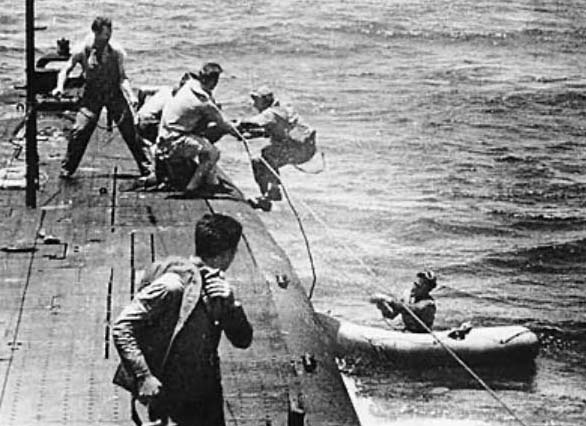
Design Description
To be effective, the OS2U design had to be compact and lightweight, yet strong enough to withstand repeated catapult launches., The observation aircraft had to have a slow landing speed and long endurance. Rex Beisel, the Vought chief designer, applied some of the same innovations to the Kingfisher’s design that were later used on the F4U Corsair. Spot-welded skins and frames produced a strong, fatigue resistant airframe that reduced drag by preventing skin buckling. Weight was saved by using a fabric covering on the wings aft of the main spar and some control surfaces. On the Kingfisher, deflector plate flaps, working together with drooping ailerons, provided the low takeoff speed required for catapult launches (55.6 mph). Spoilers provided improved roll control at low speeds.
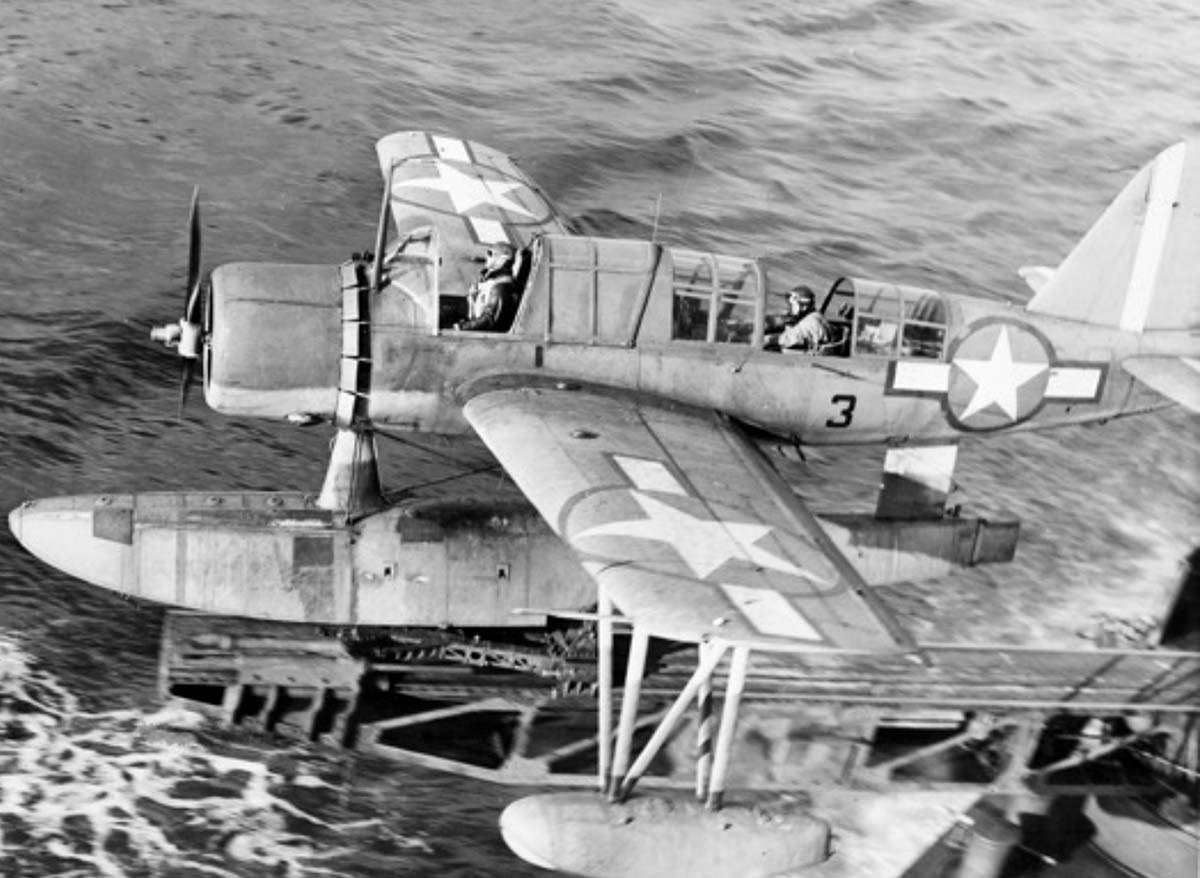
The OS2U was a single-engine aircraft with a large greenhouse canopy with two sliding sections for the pilot and gunner. The engine was a 450-hp Pratt and Whitney R-985 Wasp Junior,
The Kingfisher served in nearly every theater during WWII. It was operated by the Great Britain, Australia, the Netherlands, Chile, Uruguay, Argentina and the Soviet Union. Its multi-mission utility. docile handling qualities and rugged construction earned it the well-deserved moniker “The Workhorse of the Fleet.”
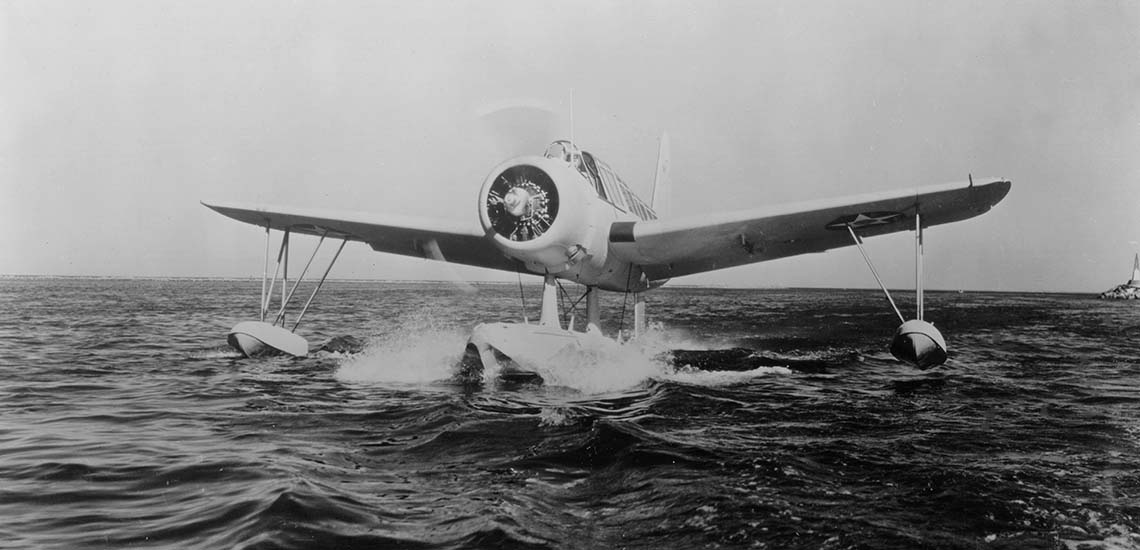
General Characteristics and Performance
| Performance – Standard Day at Sea Level | |
|---|---|
| Maximum Speed | 182 mph / 158 kts / 293 km/hr |
| Service Ceiling | 20,000 ft / 6,096 m |
| Weights | |
|---|---|
| Weight Empty | 2,721 lbs / 1,234 kg |
| Weight with Full Load | 4,542 lb / 2,060 kg |
| General Data | |
|---|---|
| Crew Seating Capacity | 2 (1 Pilot, 1 Gunner) |
| Powerplant and Propeller | Ratings Standard Day at Sea Level |
|---|---|
| Pratt & Whitney R-985-AN-2 Wasp Junior, 9 Cylinders | 450 hp / 335.56 kw |
| Hamilton Standard 2-bladed, constant speed propeller |
| Aircraft Dimensions | |
|---|---|
| Wing Span | 36 ft / 10.95 m |
| Length Overall | 33.8 ft / 10.31 m |
| Propeller Diameter | 8 ft 6 in / 2.6 m |
| Armament | Quantity | Notes |
|---|---|---|
| 30 cal. Browning machine guns | 2 | 1 gun fixed forward, nose-mounted, firing between engine cylinder heads, through propeller; and 1 gun flex-mounted aft at the gunner’s station |
| 100 lb bomb or 325 lb depth charge | 2 |
Production History
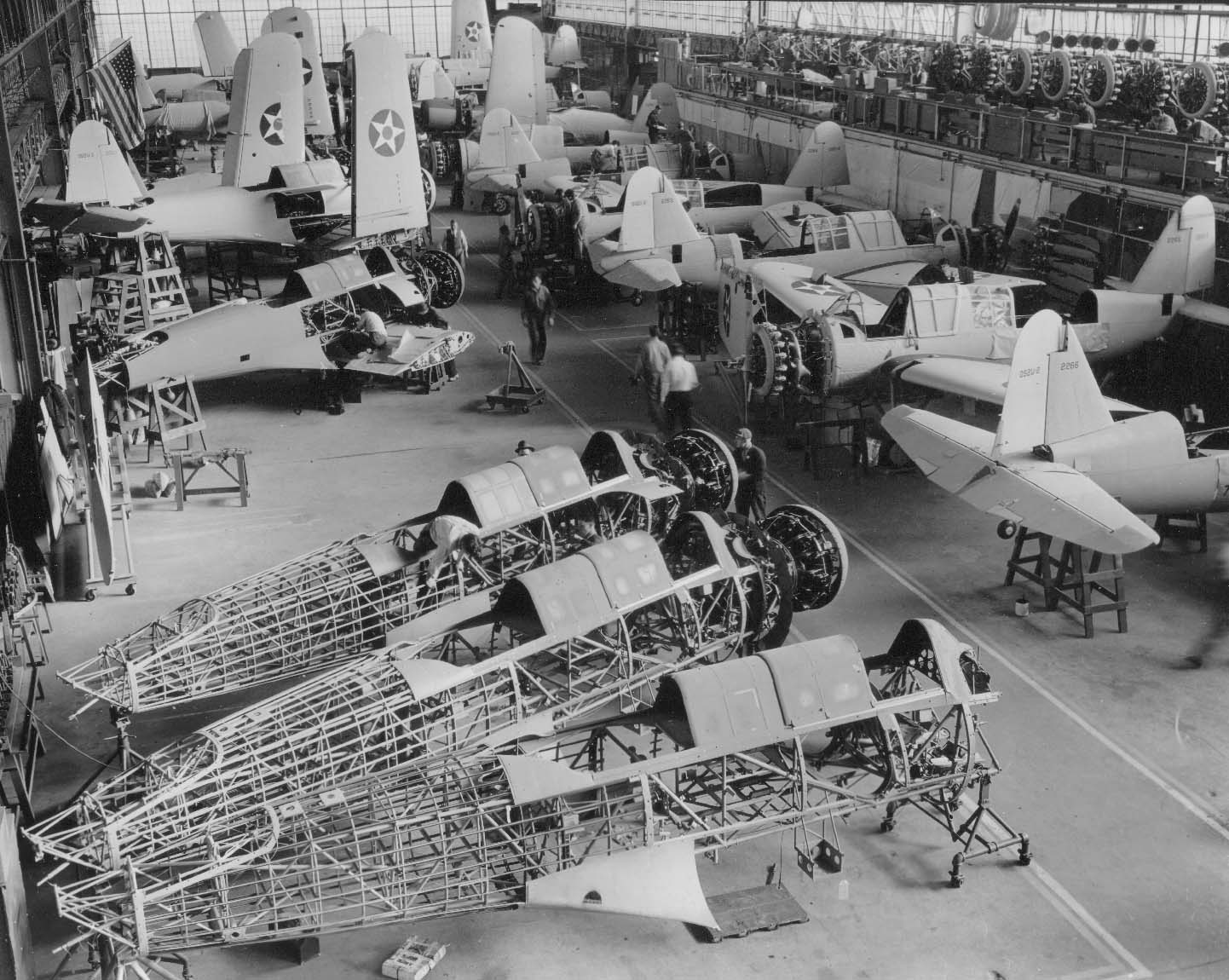
First flight of prototype XOS2U-1 aircraft: May 19, 1938
| Model | Quantity Built | Notes |
|---|---|---|
| XOS2U-1 | 1 | Prototype aircraft with P&W Wasp Junior R-985-4 engine. |
| OS2U-1 | 54 | First production aircraft with P&W Wasp Junior R-985-48 engine. |
| OS2U-2 | 158 | P&W Wasp Junior R-985-50 engine; Added self-sealing tanks and armor protection. |
| OS2U-3 | 1,006 | P&W Wasp Junior R-985-AN-2/8 engine; Increased fuel capacity and improved armor protection. |
| OS2N-1 | 300 | Same as OS2U-3 but built by Naval Aircraft Factory, Philadelphia, Pennsylvania. P&W Wasp Junior R-985-AN-2/8 engine. |
| Total Production | 1,519 |
by Larry Levine
